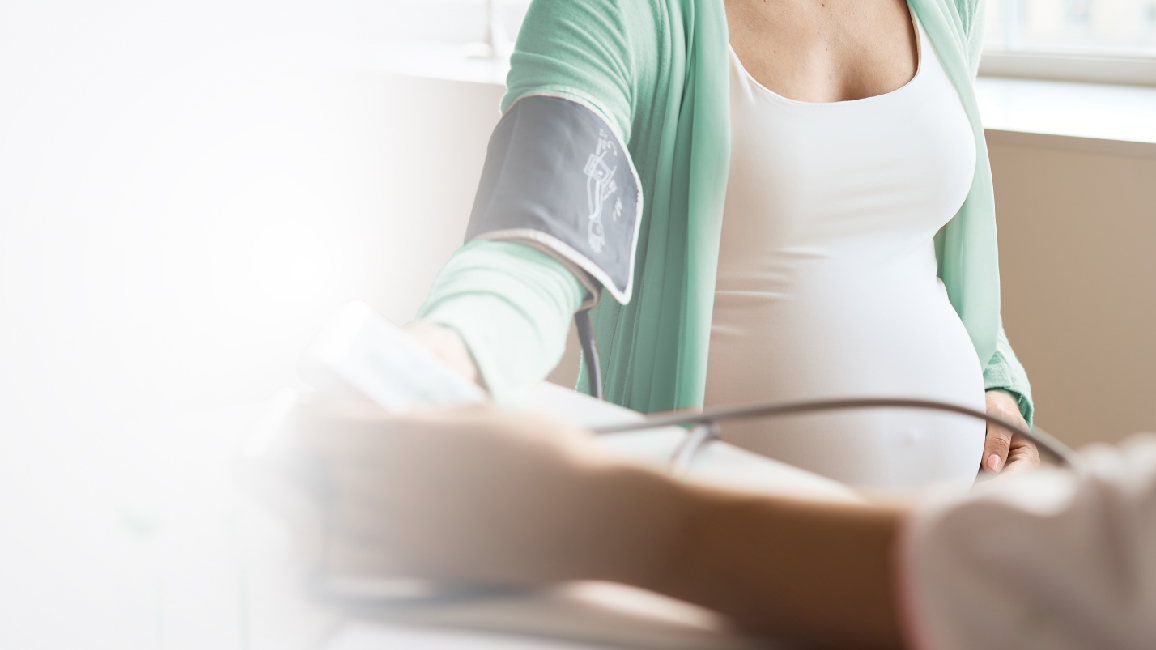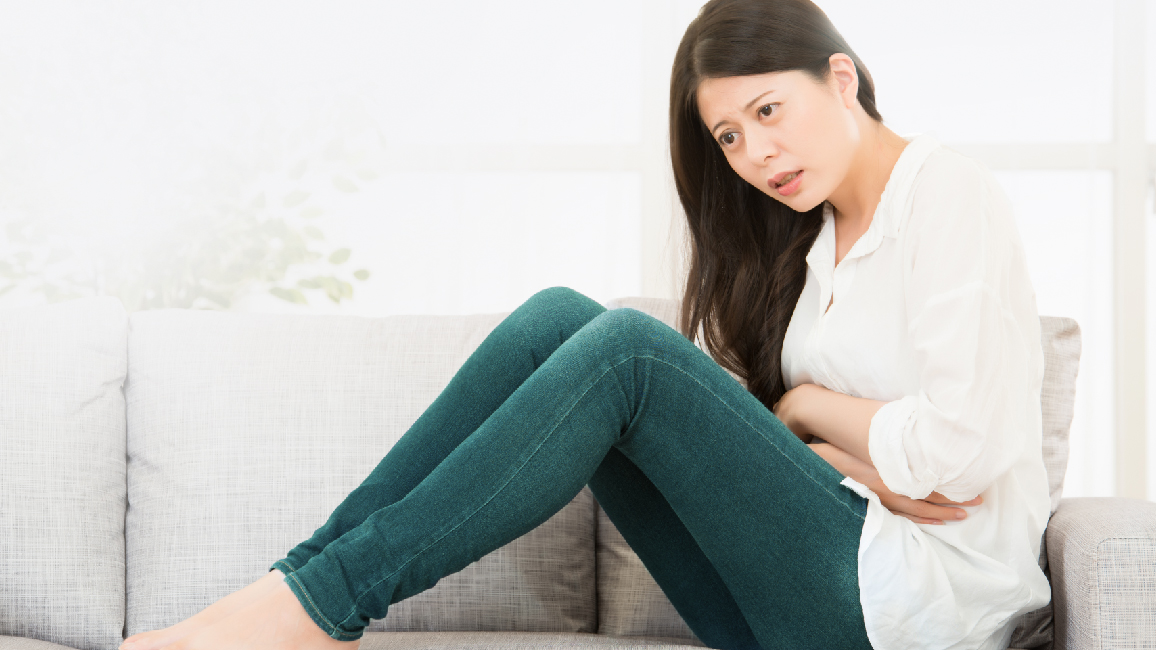Uterine Fibroid, common disease in women
Center : Women Health Center

Choose to read by topic:
What is Uterine Fibroid
Uterine fibroids another common and prevalent disease in women, it affects about 25 percent of women age 35 and older, and 1 in 3 women of childbearing age. They can be found at a specific location in the uterus. With different sizes it may have one or more lumps, some are slow-growing, some are fast-growing. But what is worrying is that many women do not know they are in the risk group or are unaware that they have this disease. Since the tumors in the uterus do not have any obvious symptoms, they are often discovered by chance during annual health check-ups or consultation with a doctor regarding other diseases.
How many types of uterine fibroids are there?
There are both common and cancerous types of uterine fibroids. Most of them arise from the muscle layer of the uterus that is more common than the fibroids. Which has 2 major types of tumors:
- Caused by the muscles. Or caused by having other meat inserted into the muscle of the uterus
- Endometriosis that is inserted into the uterus or there are many polyps together in a larger group
Menstrual irregularities & uterine fibroids
Menstrual irregularity is an indication or warning signs of uterine fibroids, there may be abdominal pain or not. Which abdominal pain is usually caused by changes in the tumor, such as enlargement and insufficient blood supply to the tumor. Ischemic tumor or abdominal pain because the tumor presses and squeezes other organs until it causes pain, and feel like having a heavy lump in the stomach and causing frequent urination, constipation, and abdominal pain while having intercourse as well.
What causes Uterine fibroid
At present, there is no known medical cause and is not related to any infectious disease, but part of the factor is about genetics which has correlation with estrogen produced from ovary. Hence, women of childbearing age have far more risks of Uterine fibroid. The fibroid usually shrinks its size when menopause happens. Women usually have menstruation for about 3 years, 5 years, or even 10 years before the fibroid occurs.
Uterine fibroids treatment
Treatment of uterine fibroids can be done in several ways. Depending on the symptoms and the nature of the tumor and overall patient factors such as age, need for fertility, pregnancy, which some patients can be treated with medication. But in some cases, doctors may consider surgical treatment. This includes both standard abdominal surgery methods and laparoscopic surgery that is popular and has advantages in many areas and one advantage is that the incision is small. Patients lose less blood, less pain, and take less time to recuperate. Faster recovery and help reduce the incidence of postoperative complications.
Q&A About Uterine Fibroid
Uterine Fibroid and Pregnancy
How does Uterine fibroid affect pregnancy?
- The fibroid narrows the uterine cavity, making it difficult for sperms to pass through.
- The fibroid narrows some space at the fallopian tubes, affecting the reproduction process between an egg and a sperm, including the embryo transfer process to the uterus.
- The fibroid has effects on the embryo implantation.
- The fibroid causes changes in blood circulation around the uterus, affecting the implantation and growing process of the embryo.
Uterine Fibroid may increase risks of complications in pregnancy: preterm labor, an inability to give a vaginal birth and need a C-section instead. In case the fibroid cramps the uterus too much, it can also cause miscarriage. However, there are many factors influencing the danger of the fibroid; such as, the size, location, and the number of the fibroids.
Conclusion
Uterine fibroids are noncancerous growths of the uterus that appear abnormal within the organ itself. There might be some abnormal vaginal bleeding, blood spotting between periods, unusual bleeding, or even an excessive bleeding during monthly period. The symptoms also include pre-puberty bleeding, post-menopausal bleeding, and cramps during monthly period which can be lower abdominal pain or chronic low back pain. In case of these symptoms, see a doctor to find and treat the causes for safety and better quality of life.
Why must come to Nakornthon
Nakornthon’s Woman Health Center offers a ‘One-stop service’ for women of all ages: physical examination, with diagnostic and preventive care by experts in the fields. We offer consultations along with diagnostic technology to ensure safety and treatment efficiency, with understanding and care for all women.
Online Consultation
Article of Women Health Center





